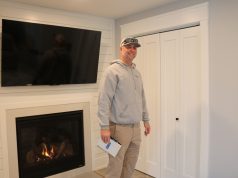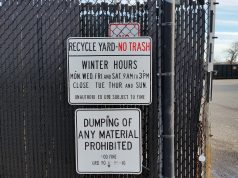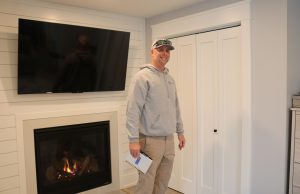Situated on the south side of Kansas City, Second Best Coffee is more than just a coffee shop; it’s an embodiment of hospitality, exuding a laid-back and inviting ambiance. For those with busy schedules, the option to enjoy their carefully curated whole bean and ground coffee varieties at home is a delightful convenience. In this article, Second Best Coffee shares the artistry behind their mastery of specialty coffee, extending an invitation to experience their passion for exceptional brews, regardless of location.
In the 1900s, specialty coffee was gaining traction in Europe, where visitors to Paris’ Hotel de Crillon could sip coffee originating from select Guatemalan farms. Into the 1970s, coffee drinkers were increasingly opting for something more special than Maxwell House or Juan Valdez.
Second Best Coffee explains that in that decade, the popularity of coffee shops became standard. Erna Knutsen, who is believed to have coined the phrase “specialty coffee” in 1974, began importing specialty coffee beans in the 1980s from Latin America.
Since then, specialty coffee has exploded in popularity and continues to grow to this day. Whether it’s visiting a specialty coffee shop or brewing cappuccinos and lattes at home, specialty coffee is now mainstream.
Second Best Coffee Discusses Very Special Brews
In 1999, 9% of U.S. consumers drank specialty coffee every day. By 2014, that had grown to 34%. The National Coffee Association’s (NCA) 2023 report on national coffee trends found that 52% of those 18 and older in the U.S. drank specialty coffee the previous week. For ages 25 to 39, it was 62%. In 2022, coffee consumption reached a 20-year high in America, according to the NCA.
Brewing specialty coffee at home isn’t just seen as a hobby. For many, it’s a necessity. Specialty coffee companies have quickly gone from local favorites to kitchens around the world thanks to the Internet.
Second Best Coffee in Kansas City says that instead of the typical four-cup brewer, households have increasingly added specialty coffee brewing equipment previously reserved for fancy cafes. For hundreds, thousands, and even tens of thousands of dollars, coffee lovers can make complex lattes (complete with latte art), mochas, cappuccinos, and espressos.
Becoming an at-home barista takes practice. But with the right equipment, the right beans, and the right techniques, anyone can do it.
From Bean to Brew
Second Best Coffee explains that the art of home-brewed specialty coffee begins with the equipment and the right beans. Cold brewers, French presses, and massive espresso machines won’t make a difference if the beans are not fresh and high-quality.
It’s also a must to do a little homework. Espresso is found in both lattes and macchiatos and is created when steam pressure forces water out through coffee grounds, making for a very intense coffee drink. Certain specialty drinks require a milk steamer. A frother is a good way to create foamy brews many love, and while it works well with lattes and cappuccinos it’s not a requirement.
 High-Quality Coffee Tips
High-Quality Coffee Tips
Second Best Coffee explains that there are a few easy steps when brewing gourmet coffee at home. Since good coffee requires good beans, Second Best Coffee of Kansas City suggests buying whole-bean coffee, especially from a local roaster or small-batch artisan roaster. They also suggest investing in a scale to accurately measure the amount of beans for a specialty cup.
Brewing methods should reflect the drinker’s taste. For example, a French press creates darker, bolder flavors compared to the drip method. It also helps to have a good understanding of the difference between coffee beans.
South American beans are great for medium roasts and are less acidic than beans from Africa which are generally darker. Many brewing specialty cups at home for the first time try Guatemalan coffee since it is balanced but also complex.
Second Best Coffee suggests other tips for mastering specialty home brews:
Consider Coarseness
Different brews require different grind sizes. In general, coarse grinds are better for French presses while fine grinds are perfect for espressos.
Get the Temperature Right
Second Best Coffee of Kansas City says that the best flavors are extracted from coffee when the brew temperature is between 195- and 205-degrees Fahrenheit. Temperature affects what is extracted from the bean and the extraction speed. Filtered water is preferable to tap.
Get it Wet
When creating brews, all the ground coffee should be saturated for the same amount of time.
Experiment with Spices
Second Best Coffee notes that chocolate is one thing, but don’t overlook adding nutmeg and cinnamon to brews or using unique ingredients like lavender and honey in lattes. It all makes a specialty brew even more special.


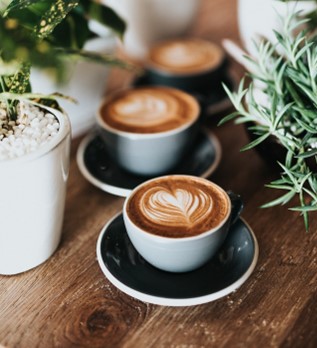
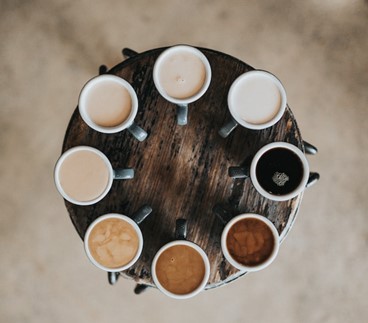 High-Quality Coffee Tips
High-Quality Coffee Tips
